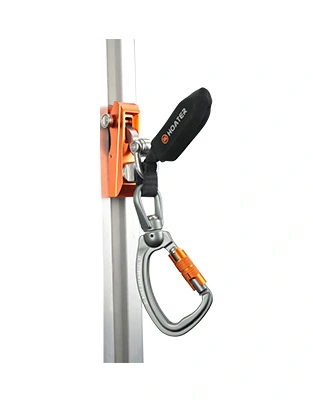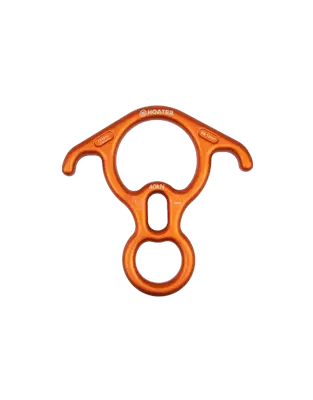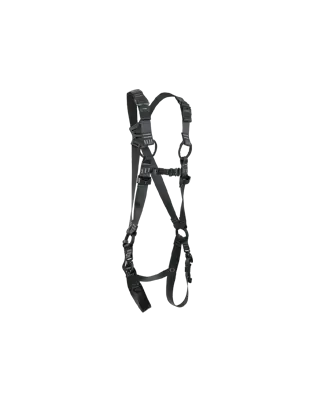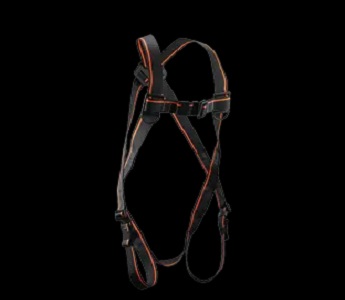A rescue tripod is a three-legged, portable device used to provide a stable anchor point for lifting and lowering personnel and equipment in confined space rescue scenarios. Typically constructed from high-strength aluminum or steel, rescue tripods are designed to be lightweight yet robust, capable of supporting significant loads. The legs of the tripod are adjustable, allowing for stability on uneven surfaces, and the device is often equipped with a pulley system to facilitate smooth and controlled movement.
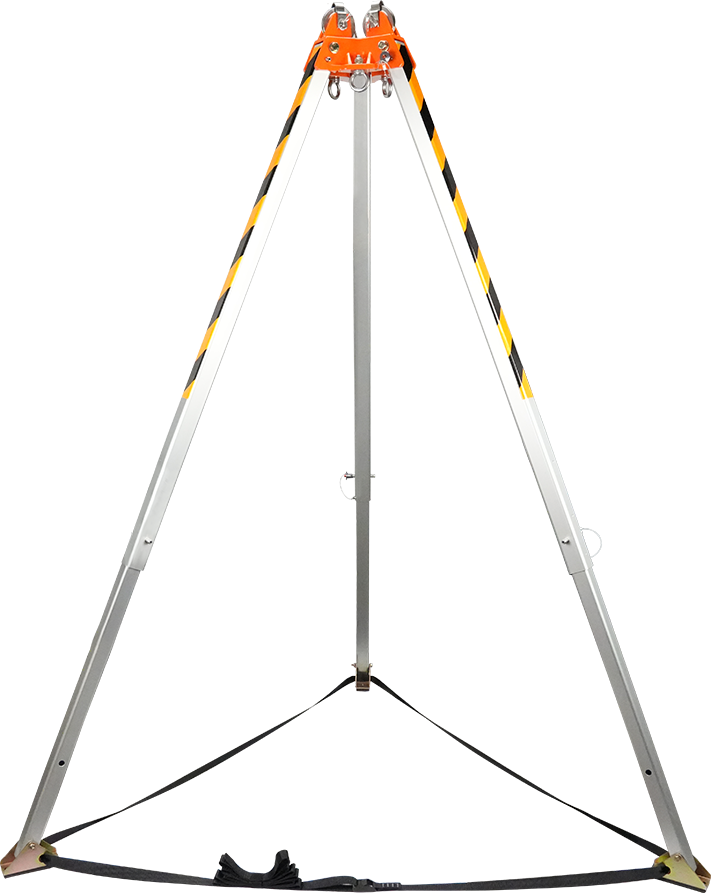
Key Features of a Rescue Tripod
1. Adjustable Legs
The legs of a rescue tripod can be extended or retracted to accommodate different heights and to ensure stability on various terrains. This adjustability is crucial for setting up the tripod over confined spaces such as manholes, tanks, and pits.
2. Pulley System
A built-in pulley system allows for the controlled lifting and lowering of personnel and equipment. The pulley system reduces the effort required to hoist heavy loads and ensures smooth, jerk-free movement, which is essential for the safety of the individual being rescued.
3. Anchor Points
Rescue tripods are equipped with multiple anchor points for attaching ropes, harnesses, and other rescue equipment. These anchor points are designed to distribute the load evenly, minimizing the risk of equipment failure.
4. Portability
Despite their robust construction, rope rescue tripods are designed to be portable. They can be quickly assembled and disassembled, making them ideal for rapid deployment in emergency situations.
5. Compatibility with Other Equipment
Rescue tripods are compatible with a range of other rescue equipment, including winches, harnesses, and fall arrest systems. This compatibility ensures that the tripod can be integrated into various rescue scenarios, enhancing its versatility.
Applications of the Rescue Tripod
1. Confined Space Rescue
The primary application of the rescue tripod is in confined space rescue operations. Confined spaces, such as sewers, tanks, and silos, present unique challenges due to limited access and potential hazards such as toxic gases, low oxygen levels, and structural instability. The rescue tripod provides a secure anchor point for rescuers to safely enter and exit these spaces, as well as for lifting injured or incapacitated individuals to safety.
2. Industrial Safety
In industrial settings, workers often need to enter confined spaces for maintenance, inspection, and repair tasks. The rescue tripod is an essential component of a comprehensive confined space entry and rescue plan, ensuring that workers can be quickly and safely extracted in the event of an emergency.
3. Firefighting and Emergency Response
Firefighters and emergency responders frequently encounter situations where individuals are trapped in confined spaces. The rescue tripod enables these professionals to perform rescues efficiently and safely, minimizing the risk to both the rescuer and the individual being rescued.
Importance of the Rescue Tripod
1. Safety
The primary importance of the rescue tripod lies in its ability to enhance safety during rescue operations. By providing a stable anchor point and facilitating controlled movement, the tripod reduces the risk of accidents and injuries to both rescuers and victims.
2. Efficiency
In emergency situations, time is of the essence. The rescue tripod allows for rapid deployment and efficient rescue operations, ensuring that individuals can be extracted quickly and safely. This efficiency can be the difference between life and death in critical situations.
3. Versatility
The versatility of the rescue tripod makes it an invaluable tool for a wide range of rescue scenarios. Its compatibility with other rescue equipment and its ability to be used in various environments ensure that it can meet the demands of different rescue operations.
4. Compliance with Regulations
Many industries are subject to regulations and standards that mandate the use of specific safety equipment for confined space entry and rescue. The rescue tripod helps organizations comply with these regulations, reducing the risk of legal penalties and enhancing overall workplace safety.
Conclusion
The rescue tripod is a vital piece of equipment in the arsenal of emergency responders and industrial safety professionals. Its robust construction, adjustable design, and compatibility with other rescue tools make it an essential component of confined space rescue operations. By enhancing safety, efficiency, and versatility, the rescue tripod plays a crucial role in ensuring the success of rescue missions and the protection of lives. As industries continue to prioritize safety and preparedness, the rescue tripod will remain a cornerstone of effective emergency response and rescue strategies.

 EN
EN
 fr
fr 



















